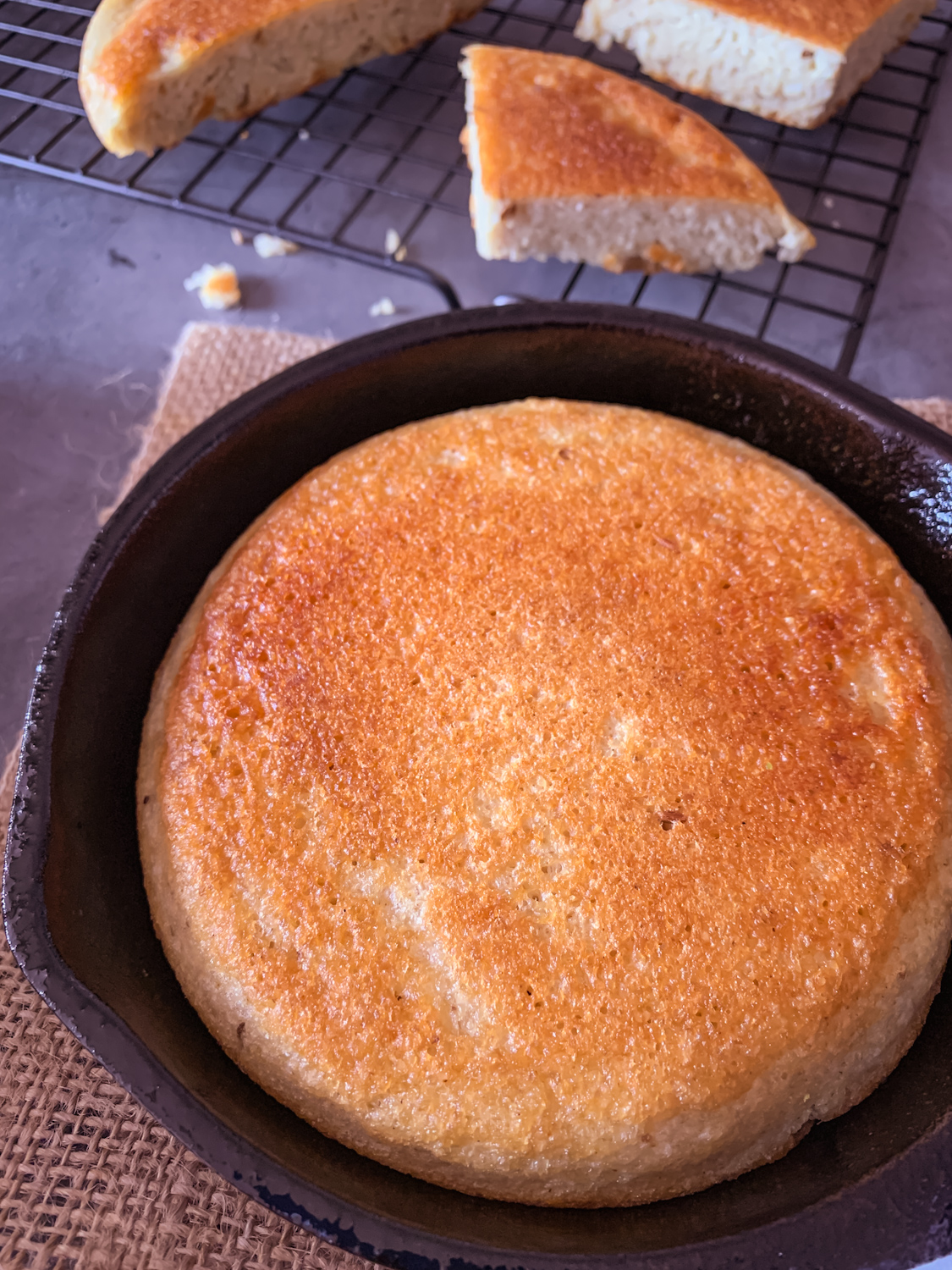
| Urad dal or split black gram | 1/2 cup |
|---|---|
| Little millet rava | 1 cup |
| Salt | 1/2 teaspoon |
| Cumin seeds | 1 teaspoon |
| Baking powder | 1/2 teaspoon |
| Sesame oil | 4 1/2 tablespoons, divided |
What You Will Need
A heavy-bottomed skillet with a lid, a spatula, a mixer grinder, a mixing batter, a ladle.
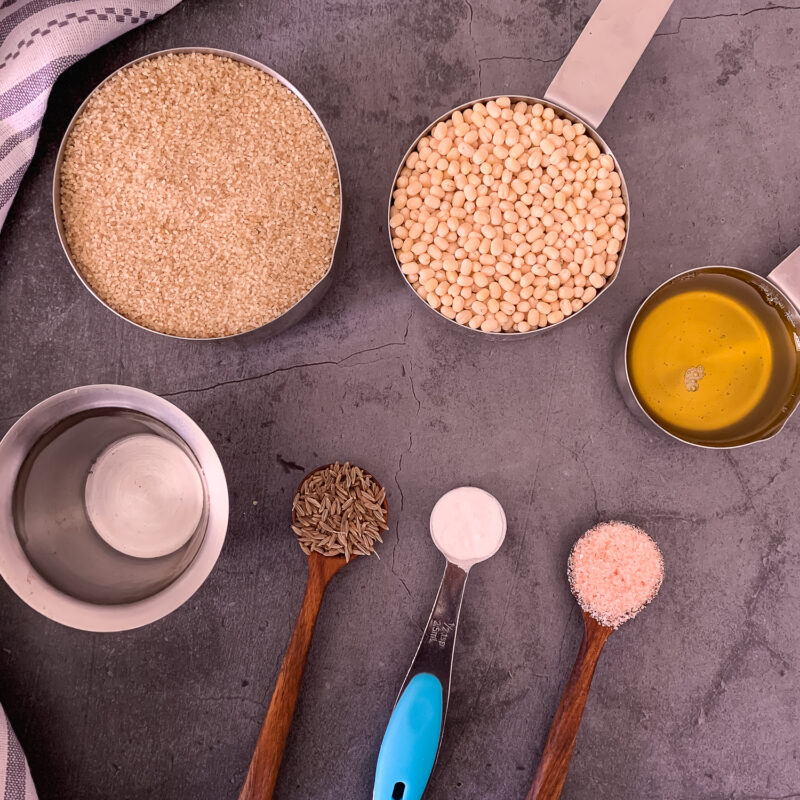
Instructions
Wash the urad dal, and soak it in clean drinking water for two hours. The water should be 1-2 centimetres above the level of the dal.
Place the dal in the mixer grinder, with some of the water in which it was soaked. Grind for a minute at high speed. Pause, and add more water. Grind again for one minute. Gradually use up all the water used for soaking the lentils until you have a smooth and fluffy batter.
Transfer the batter to a mixing bowl. Set aside.
Wash the little millet rava two to three times until the water runs clear.
Drain the millet, and add it to the urad dal batter.
Add salt and cumin seeds. Mix well. Add more water gradually, if required, to bring the batter to a pouring consistency.
Rest the batter for one hour. This will allow the millet to become tender.
After an hour you will notice that the millet has soaked up the water, becoming larger in size, and that the batter has thickened.
Add more water, as required, to bring the batter back to a smooth, pouring consistency.
Add baking powder to the batter, folding it in gently. Traditionally, the batter is rested for two to three hours, in which case the baking powder is not required. However, if you are running short on time, mixing the baking powder into the batter provides a soft, fluffy texture to the rotti, especially since millet rava is denser than rice rava.
Turn on the stove. Place a heavy-bottomed skillet, preferably a cast-iron one, on medium-high heat. Add 1 ½ tablespoons of sesame oil to the skillet.
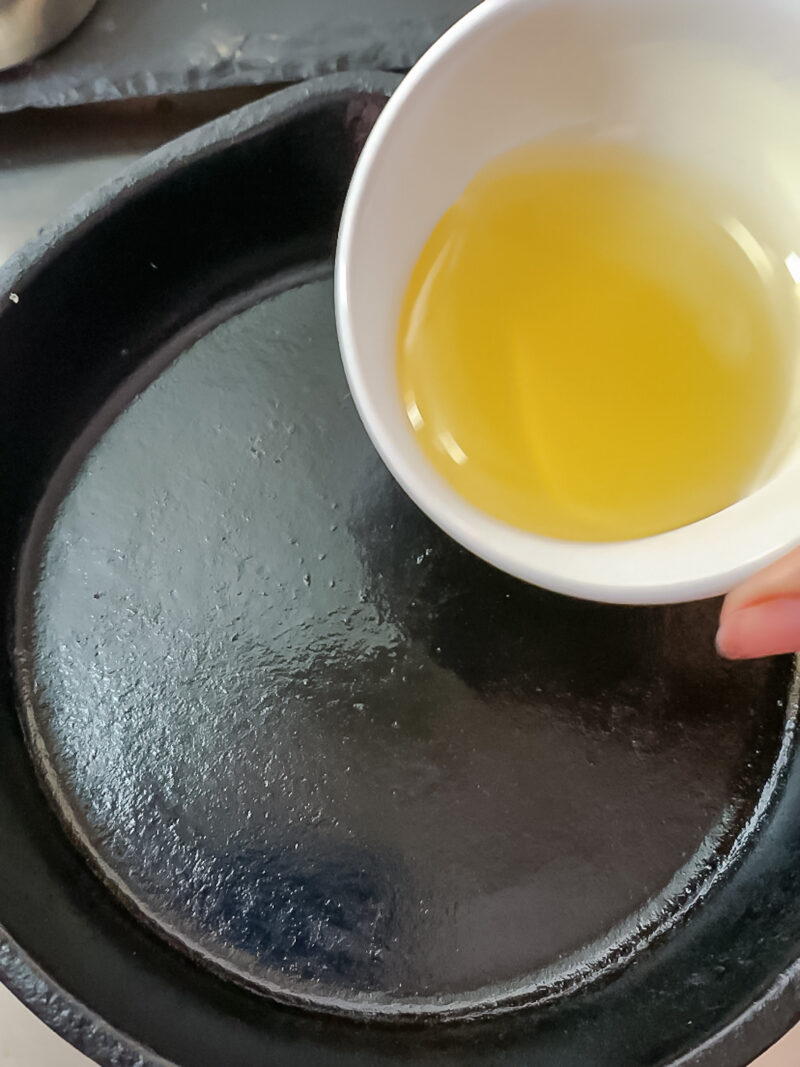
When the oil is hot, add two ladles of the rotti batter to the skillet.
Once you start seeing air bubbles in the batter, turn the heat down to medium, and cover the skillet with a lid.
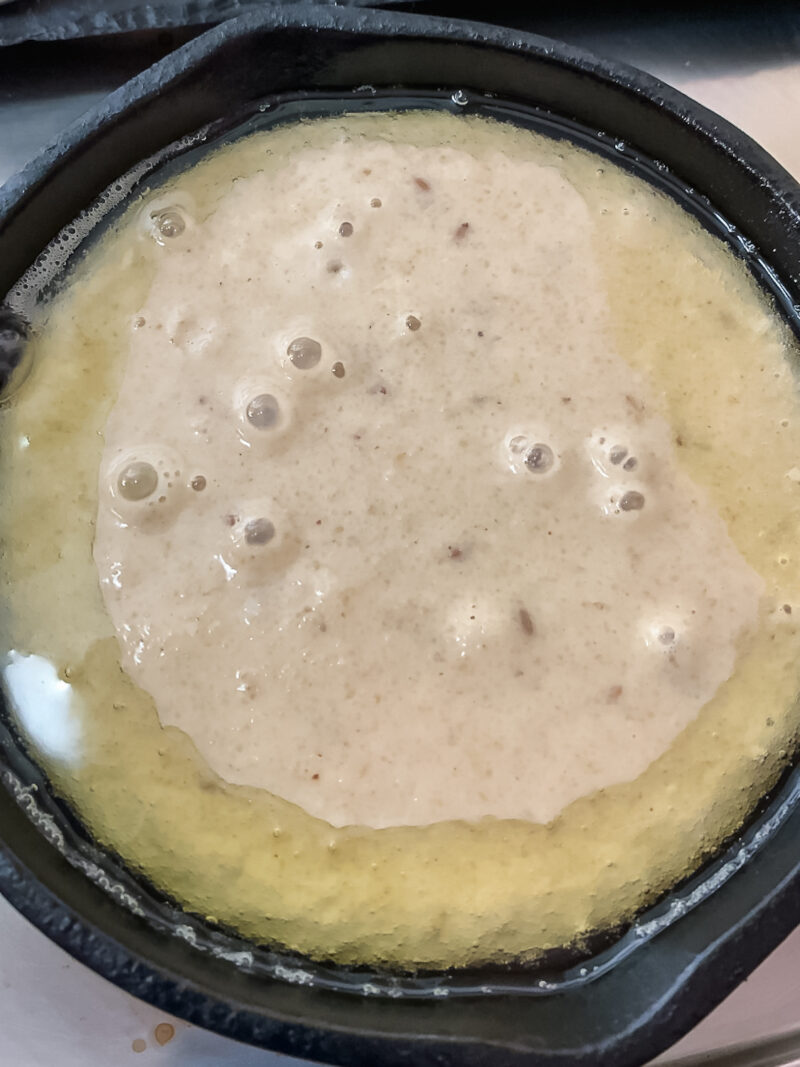
Cook for 7-8 minutes, or until the batter on the top doesn’t appear wet anymore.
Remove the lid, and carefully flip the rotti over—the top should appear crisp and golden-brown in colour.
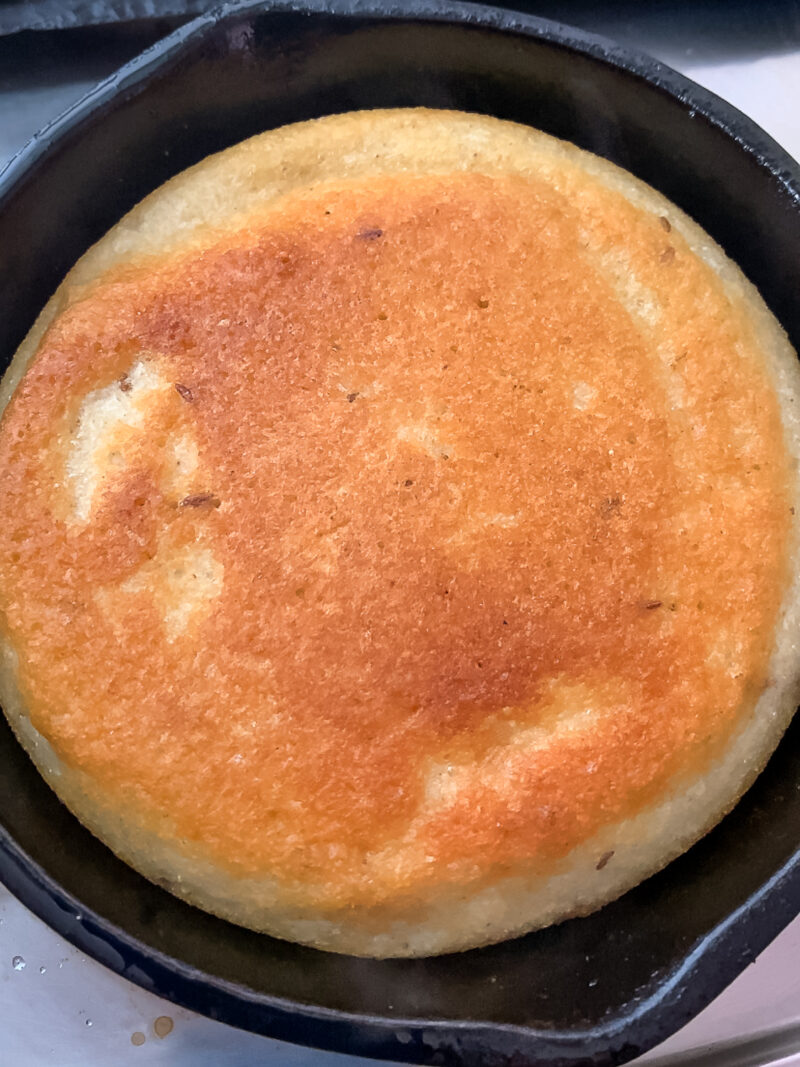
Cook, without the lid, for 7-8 minutes more. The rotti should look golden-brown on both sides and soft inside.
Serve warm with a chutney or pickle of your choice.
Tips
- Coarsely ground little millet is available in most supermarkets and online stores. If you cannot find it, you can make the rava at home by grinding the millet in a mixer jar (a few short pulses).
- If the room temperature where you live is 26 degrees Celcius or higher, then let the batter rest for two to three hours. In this case, baking powder is not required.
- The exact quantity of water to make the batter will vary—estimate how much to use in order to bring the batter to a smooth, pouring consistency, like pancake batter.
Variations
- Kodo millet rava can also be used instead of little millet.
- You can use groundnut or any oil of your choice to make the rotti.
Padma Kumar is an early-years education entrepreneur and blogger behind MyGoodFoodWorld. She divides her time between Manchester, England and Chennai, Tamil Nadu.
You must be logged in to rate this recipe.

Sign in with email
